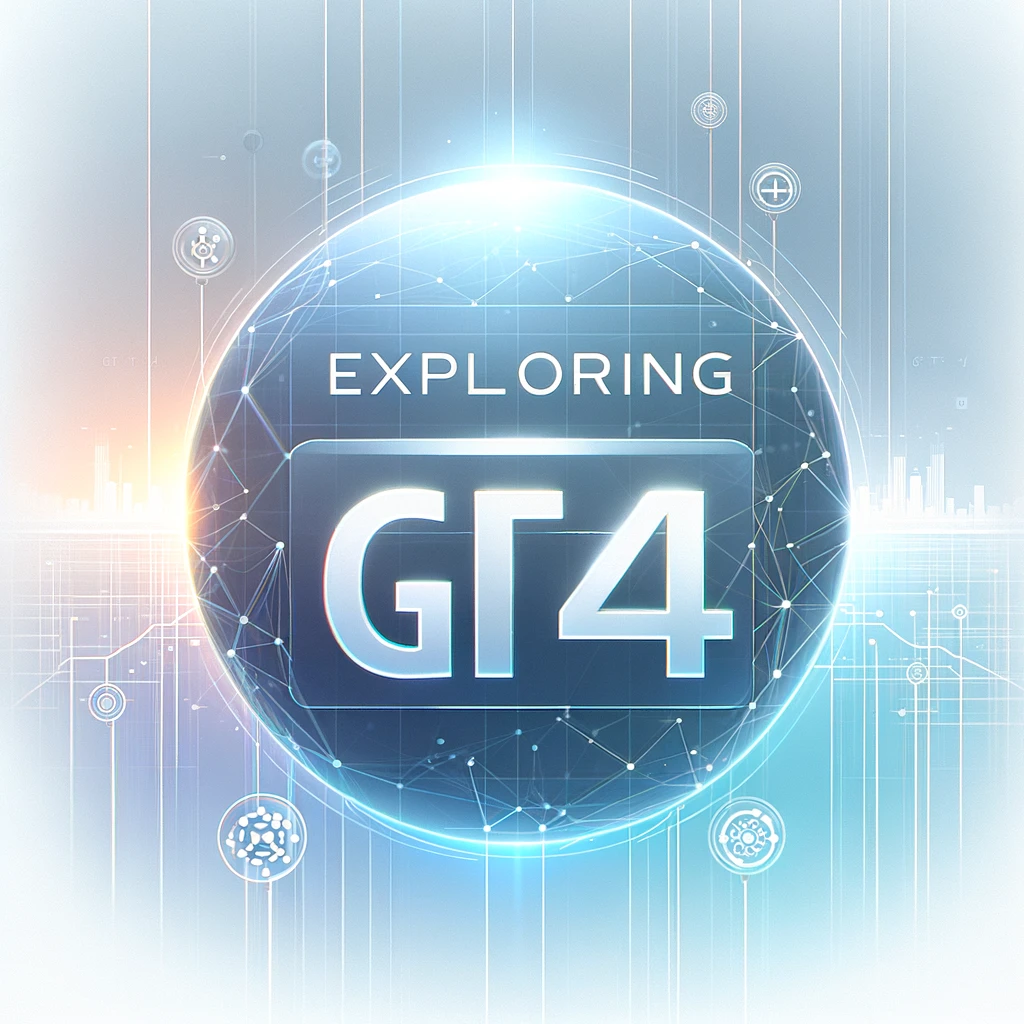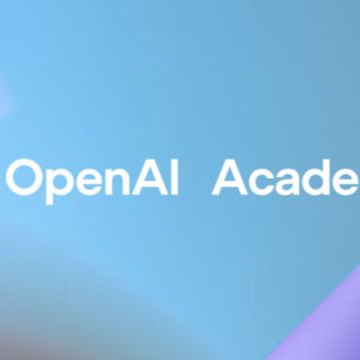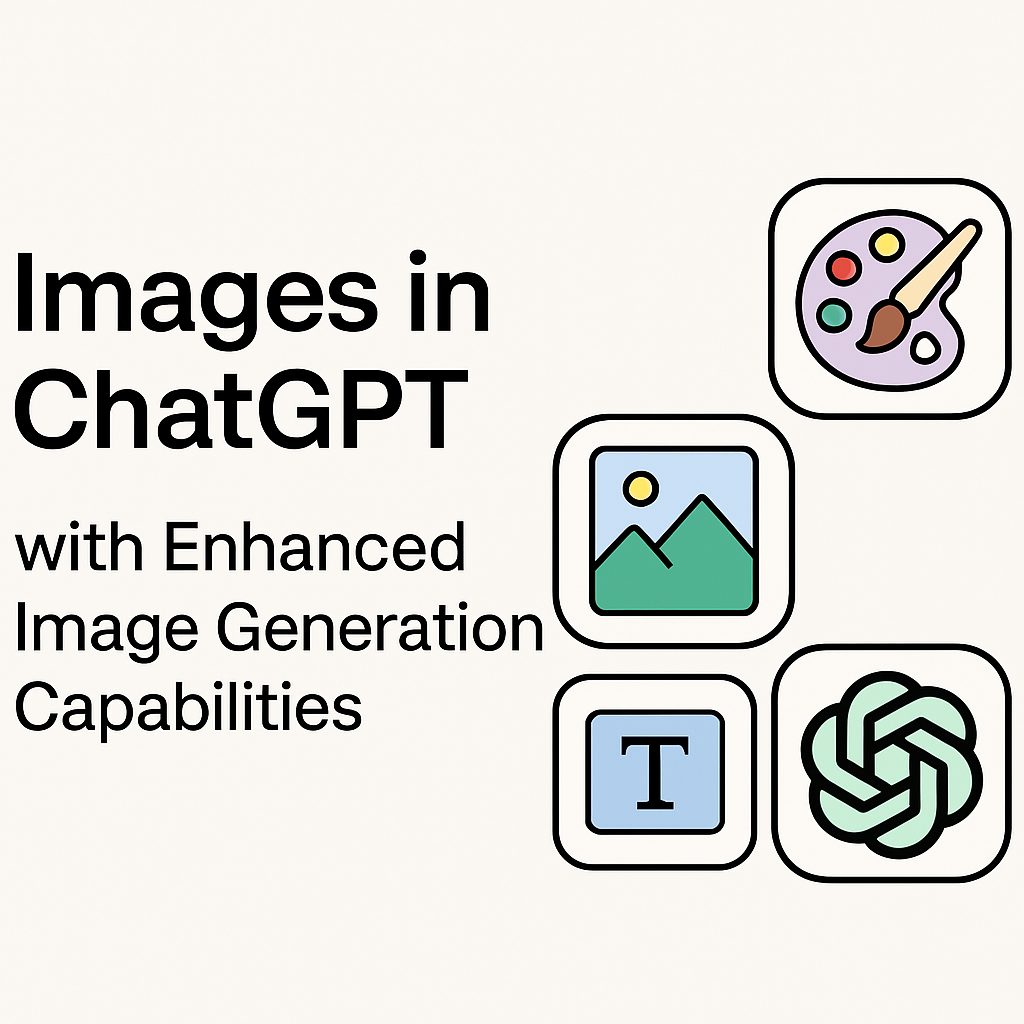AI for Chartered Accountants
AI & ChatGPT
Exploring GPT-4: A Deep Dive into OpenAI's Latest Innovation
In the ever-evolving landscape of artificial intelligence, OpenAI's GPT-4 stands out as a groundbreaking development. As AI technology continues to advance at a rapid pace, GPT-4 brings new capabilities, enhancements, and possibilities that have captured the attention of researchers, developers, and businesses alike. This article delves into the intricacies of GPT-4, exploring its architecture, improvements, applications, and potential impact on various industries.
Exploring GPT-4: A Deep Dive into OpenAI's Latest Innovation
The Evolution of GPT: From GPT-1 to GPT-4
GPT-1 to GPT-3: A Brief Overview
The journey of the Generative Pre-trained Transformer (GPT) models began with GPT-1, which introduced the concept of pre-training and fine-tuning in natural language processing (NLP). GPT-2 followed, showcasing the power of large-scale unsupervised learning with a 1.5 billion parameter model. GPT-3, with its staggering 175 billion parameters, pushed the boundaries further, enabling more sophisticated and human-like text generation.
Enter GPT-4: What Sets It Apart?
GPT-4 marks a significant leap forward in the GPT series. While specific technical details and parameter counts are proprietary, GPT-4 is designed to be more efficient, accurate, and versatile. Key enhancements include improved contextual understanding, reduced biases, and the ability to generate more coherent and contextually relevant responses. These advancements make GPT-4 a formidable tool for a wide range of applications.
Key Features and Improvements
Enhanced Contextual Understanding
One of the most notable improvements in GPT-4 is its enhanced ability to understand and generate contextually accurate responses. This is achieved through advanced training techniques and larger, more diverse datasets. As a result, GPT-4 can generate text that is not only grammatically correct but also contextually appropriate, making interactions more natural and engaging.
Reduced Bias and Ethical Considerations
Addressing ethical concerns and biases in AI models has been a priority for OpenAI. GPT-4 incorporates refined training methodologies aimed at reducing biases and ensuring fairer, more balanced outputs. This is a crucial step towards building AI systems that are not only powerful but also responsible and ethical.
Improved Efficiency and Scalability
GPT-4 is designed to be more efficient in terms of computational resources and energy consumption. This makes it more accessible for a broader range of applications, from large-scale enterprise solutions to individual developers working on smaller projects. The scalability of GPT-4 ensures that it can be adapted to various use cases without compromising performance.

Applications of GPT-4
Natural Language Processing and Generation
GPT-4 excels in natural language processing (NLP) tasks, including text generation, summarization, translation, and sentiment analysis. Its ability to generate high-quality text makes it an invaluable tool for content creation, customer support, and virtual assistants. Businesses can leverage GPT-4 to automate repetitive tasks, improve customer engagement, and streamline operations.
Healthcare and Medical Research
In the healthcare sector, GPT-4 can assist in medical research, diagnosis, and patient care. Its ability to process and analyze vast amounts of medical literature can aid researchers in identifying trends, discovering new treatments, and making data-driven decisions. Additionally, GPT-4-powered virtual assistants can provide personalized health advice and support to patients.
Education and E-Learning
GPT-4's advanced capabilities can revolutionize the education sector by providing personalized learning experiences. It can assist educators in creating tailored lesson plans, generating educational content, and offering real-time tutoring and feedback to students. The adaptability of GPT-4 ensures that it can cater to diverse learning styles and needs.
Finance and Investment
In finance, GPT-4 can enhance decision-making processes by analyzing market trends, generating financial reports, and providing investment insights. Its ability to process large datasets quickly and accurately makes it a valuable tool for financial analysts, portfolio managers, and traders. GPT-4 can also assist in risk assessment and fraud detection, ensuring more secure and efficient financial operations.
The Future of GPT-4 and Beyond
Continuous Improvement and Innovation
The development of GPT-4 is a testament to the continuous pursuit of excellence in the field of AI. OpenAI's commitment to innovation ensures that future iterations of the GPT series will build upon the successes of GPT-4, incorporating new technologies and addressing emerging challenges. The potential applications of GPT-4 and its successors are limitless, promising a future where AI plays an integral role in shaping our world.
Ethical AI and Responsible Deployment
As AI technology continues to evolve, the importance of ethical considerations and responsible deployment cannot be overstated. OpenAI's efforts to reduce biases and promote fairness in GPT-4 are crucial steps towards building trustworthy AI systems. Ensuring that AI is used responsibly and ethically will be a key focus for researchers, developers, and policymakers in the years to come.
Conclusion
GPT-4 represents a significant milestone in the evolution of AI, offering enhanced capabilities, improved efficiency, and a wide range of applications. Its potential to transform industries such as healthcare, education, finance, and beyond is immense. As we continue to explore the possibilities of GPT-4 and future AI innovations, it is essential to prioritize ethical considerations and responsible deployment. The journey of GPT is far from over, and the future holds exciting prospects for the continued advancement of artificial intelligence.
Source - Data Camp







